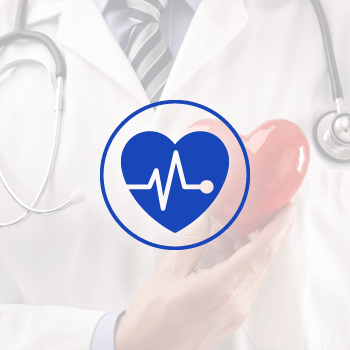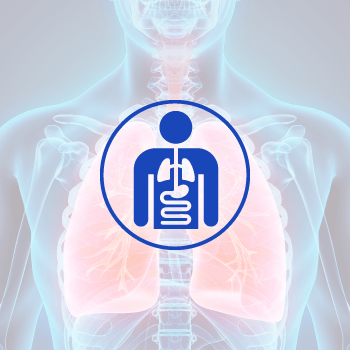Lipedema is a disorder of fat distribution that causes symmetrical swelling in the legs, hips, buttocks, and sometimes arms. It typically spares the hands and feet, which is a key sign in distinguishing it from other conditions like lymphedema.
Common Signs and Symptoms:
- Symmetrical fat distribution: Usually affects both sides equally.
- Pain and tenderness: The affected areas are often sensitive to touch.
- Swelling: Can worsen throughout the day and improve with rest. Minimal swelling in the feet and hands.
- Easy bruising: Due to increased capillary fragility in the affected areas.
- Minimal response to diet/exercise: Unlike regular obesity, lipedema fat doesn’t reduce easily with lifestyle changes.
Type of Lipedema:
- Type I: Fat buildup around the pelvis, buttocks, and hips.
- Type II: Fat extends from buttocks to knees, often with knee fat pads.
- Type III: Fat from buttocks to ankles, sparing the feet.
- Type IV: Fat accumulation in the arms, sparing the hands.
- Type V: Fat confined to the lower legs (calves to ankles).
- Mixed Type: Combination of two or more types affecting both limbs and arms.
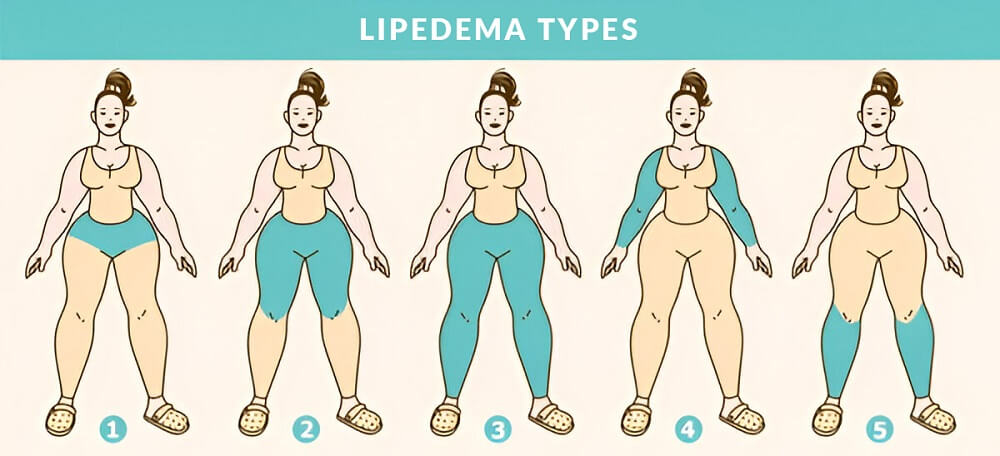
Causes and Risk Factors:
The exact cause is unknown, but factors include:
- Genetics: Family history is common.
- Microvascular issues: Small vessel dysfunction may contribute to fat and fluid accumulation.
- Hormonal changes: Onset frequently occurs during puberty, pregnancy, or menopause.
- Women: Predominantly affects females, though rare cases occur in men with hormonal imbalances.
Stages of Lipedema:
- Stage 1: Skin is smooth but there’s thickened, nodular fat.
- Stage 2: Skin surface becomes uneven with more fibrotic tissue.
- Stage 3: Large fat lobules develop, especially around knees and thighs.
- Stage 4: Advanced stage often includes lipolymphedema, where lipedema coexists with lymphedema.
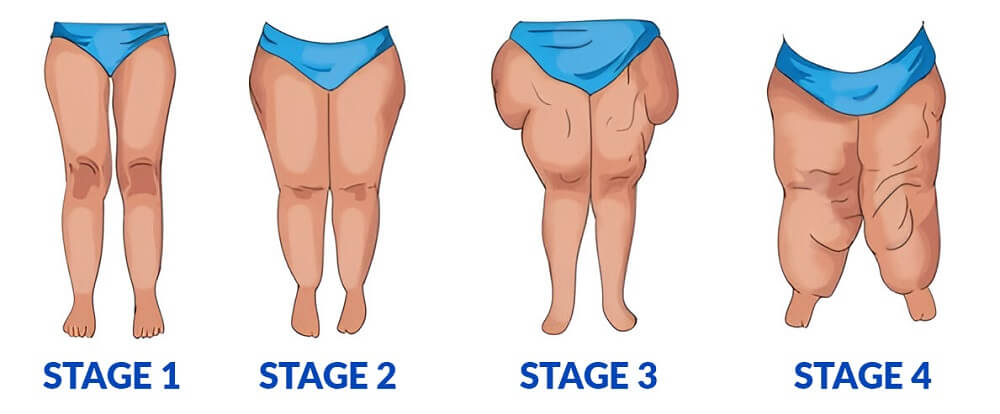
Mental Health Concerns:
- Depression – due to chronic pain, limited mobility, and body image issues.
- Anxiety – about worsening symptoms, social situations, and lack of understanding from others.
- Low self-esteem – from changes in body shape and difficulty finding clothes or being misjudged as obese.
- Social withdrawal – due to embarrassment or lack of support.
- Eating disorders – may develop in attempts to control body shape.
Diagnosis:
- Physical examination
- Medical history and symptom analysis
- Imaging tests (e.g., ultrasound, MRI) to rule out other conditions like lymphedema or obesity.
Treatment:
While there’s no cure, treatment aims to reduce symptoms and improve quality of life:
Conservative management:
- Manual lymphatic drainage (MLD) Learn More About MLD
- Compression therapy – to manage swelling
- Physical therapy and exercise (e.g., swimming, walking)
- Nutritional support – anti-inflammatory diets may help manage symptoms.
🛑 What Doesn’t Work:
Traditional dieting and exercise alone typically have little effect on lipedema fat.
Surgical treatment:
Liposuction (especially tumescent or water-assisted) can remove the affected fat tissue and improve mobility and pain.
Early diagnosis and proper management are key. Untreated lipedema can lead to reduced mobility, emotional distress, and complications like lipolymphedema. Support groups, specialized therapists, and awareness can greatly improve outcomes.















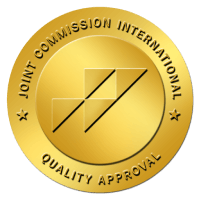

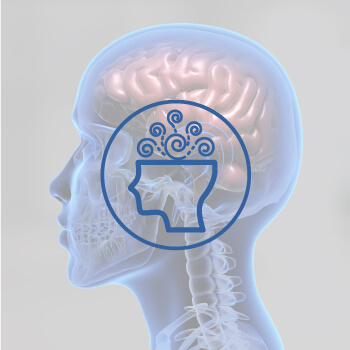
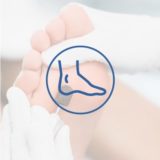
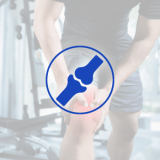
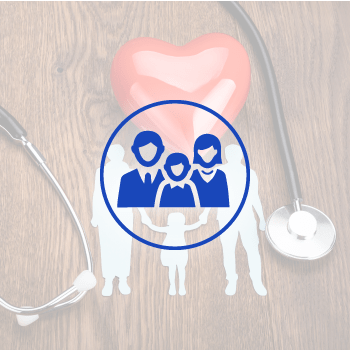
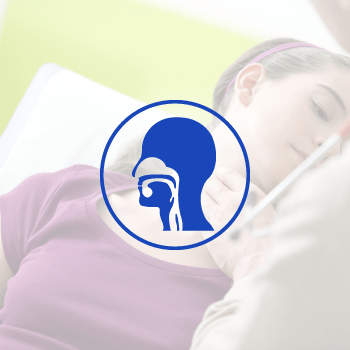
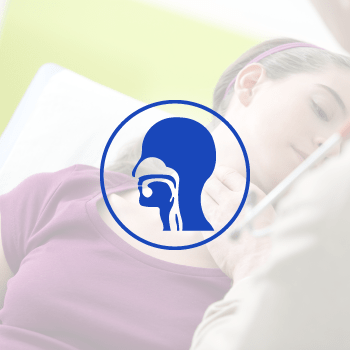
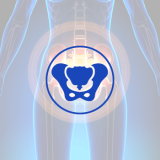
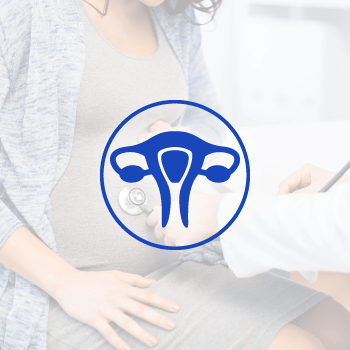
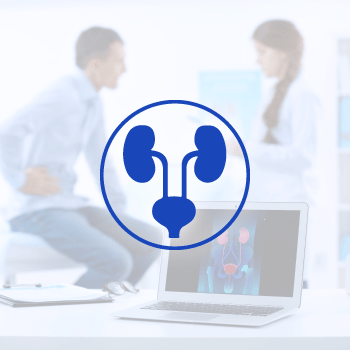
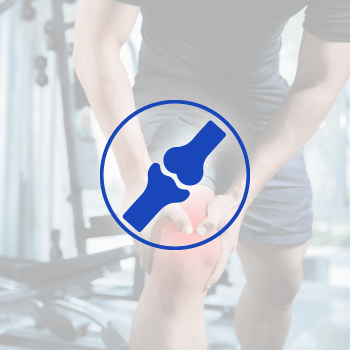 أنقر هنا
أنقر هنا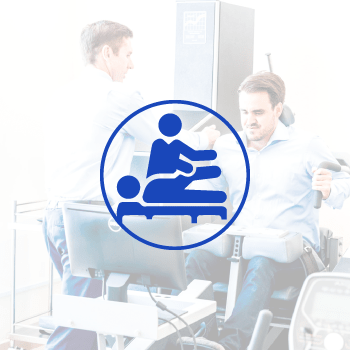 أنقر هنا
أنقر هنا
